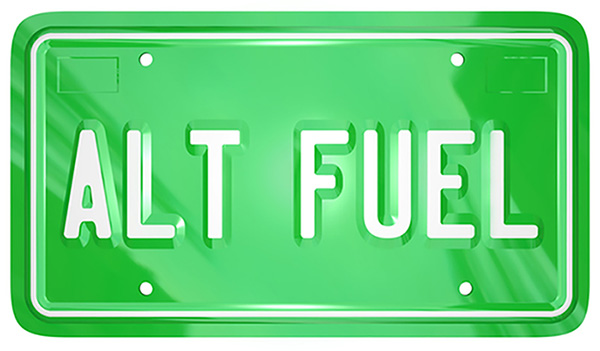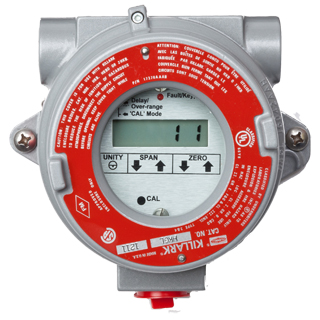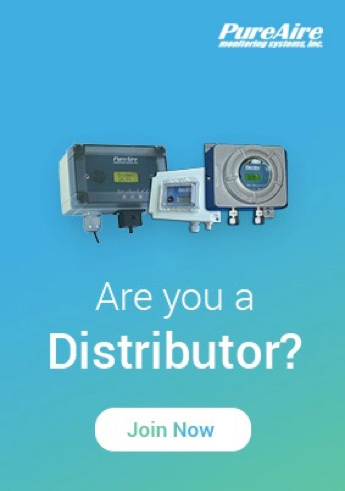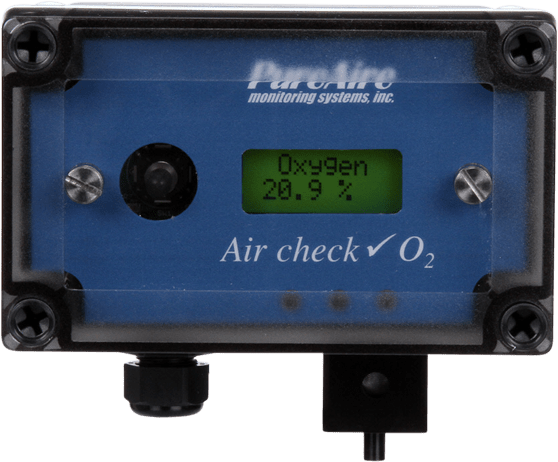Alternative Fuels – A Look At the Current Environment

Overview
Vehicles powered by gasoline and diesel account for emissions of dangerous air pollutants and contribute to the presence of greenhouse gases. Consumers, businesses, and public entities looking for environmentally friendly alternatives to gasoline and diesel-powered cars and trucks have viable choices beyond the well-known battery electric and plug-in hybrid electric variants. Other options in use today include vehicles powered by natural gas, as well as, on a more limited basis, those powered by hydrogen fuel cells.
Natural Gas Vehicles
Natural gas can be used to power all classes of vehicles, including motorcycles, cars, vans, public transit buses, light and heavy-duty trucks, etc. Most natural gas vehicles (NGVs) run on either compressed natural gas (CNG), which is typically used for light-duty vehicles (such as motorcycles, cars, taxi cabs, and light trucks), or liquified natural gas (LNG), used in heavy-duty vehicle applications (including public buses, garbage trucks, and the like).
CNG vehicles store natural gas in tanks, where the fuel remains in a gaseous state. Vehicles using LNG can typically hold more fuel than those using CNG, because the fuel is stored as a liquid, making its energy density greater than that of CNG. That makes LNG well-suited for heavy duty commercial trucks requiring the greatest possible driving range. Regardless, because of the lower density of natural gas (whether CNG or LNG), the driving range of NGVs is generally less than that of comparable vehicles powered by gasoline or diesel.
As such, and excluding the commercial and municipal fleet sectors, where fuel sources can be assured, confidence in ability to timely access refueling stations must be a concern for drivers (or potential drivers) of NGVs.
The first vehicles converted to utilize natural gas appeared in the late 1930s, though most of the rapid growth in NGV usage has taken place in recent years. According to the Natural Gas Vehicle Knowledge Base, there are over 27 million NGVs currently on the road worldwide (compared with as few as 1 million as recently as 2000), with over 70% of the present total in the Asia-Pacific region (and only about 225 thousand in North America as of 4/30/2019).
In addition to the reduction in greenhouse gas emissions inherent in choosing natural gas over conventional gasoline and diesel fuels, some businesses and municipalities seeking to meaningfully reduce reliance on fossil fuels are going even further, by focusing on renewable natural gas (RNG), including gas derived from decaying garbage, to power vehicles subject to their authorities. Indeed, in May 2019, the City of Seattle, Washington announced that the trash truck fleet servicing Seattle will now include some 91 Waste Management vehicles powered by RNG generated by decaying trash from U.S. landfills.
Hydrogen Fuel Cell Vehicles
Importantly for the environment, hydrogen fuel cell electric vehicles (FCEVs) produce no tailpipe emissions. Fuel cell technology has been around since at least the late 1950s, when Allis-Chalmers tested an FCEV farm tractor, followed some years later by GM’s prototype hydrogen FCEV Electrovan in 1966. FCEVs use a propulsion system whereby energy, stored as pure hydrogen gas, is converted to electricity by a fuel cell.
Initially, the fuel cells and associated piping were quite bulky (reducing the 6-seat GM Electrovan from a 6-seat van to a 2-seater that could barely accommodate 2 adult passengers), heavy (reducing range and acceleration, such that the Electrovan, which was never produced for sale, had a top speed and range of only about 70 mph and 120 miles, respectively), and too expensive to mass produce. As a result, meaningful FCEV production has lagged until well into the 21st century, when technological innovations have at last begun to make it possible for the FCEV concept to become a functioning reality.
Though FCEVs, and the hydrogen fueling infrastructure (i.e., stations equipped to pump hydrogen gas) necessary to support them, remain in a relatively early stage of development, certain major automobile manufacturers (including Honda, Hyundai, Toyota) are now offering a limited number of FCEVs to the public in certain markets (chiefly within California) where hydrogen refueling infrastructure is already in place, and passenger FCEVs currently in service now have a driving range between refueling of some 300 miles.
However, until retail refueling infrastructure shows a marked increase, most of the anticipated growth in hydrogen FCEV usage is likely to come from the municipal and commercial fleet sectors. By way of example, Toyota and Kenworth have recently announced development of a 10-vehicle zero emissions heavy-duty FCEV truck fleet to be put into service at the Port of Los Angeles.
Refueling and Maintaining Alternative Fuel Vehicles
While far fewer in number, refueling stations and equipment for vehicles powered by natural gas (approximately 1,900 service stations in North America) and hydrogen (no more than 50 service stations in North America, mostly in California, can accommodate hydrogen FCEVs) are similar in appearance to conventional gas stations and pumps, with large tanks from which drivers pump into their vehicles either natural gas, on the one hand, or hydrogen on the other.
According to the U.S. Department of Energy’s Office of Energy Efficiency and Renewable Energy, proper maintenance of NGVs requires that the fuel storage tanks be inspected regularly, following accidents, or when there has been suspected damage. NGV users must also be aware of end-of-life dates of their tanks, so that the tanks can be properly decommissioned as and when appropriate. Moreover, fuel filters should be inspected and, if necessary, replaced on a yearly basis.
Hydrogen FCEVs are maintained in much the same way as any other electric vehicle, including scheduled maintenance, and, if necessary, replacement of electric components and suspension parts. For a major overhaul, a vehicle will need to be serviced at a so-called “hardened shop”, at which there are specific requirements, including the presence of combustible gas monitors, curtains around the work area, and explosion-proof lighting fixtures.
Gas Detection Monitors Can Improve Safety in Alternative Fuels Servicing Facilities
Natural gas is odorless, colorless, and highly combustible. However, an odorant is normally added to natural gas to alert users if there is a leak. If a natural gas leak occurs indoors, the gas is likely to rise and remain at ceiling level until ventilated outside.
To detect, and protect against the risks of, natural gas leaks, the U.S. Department of Energy’s Office of Energy Efficiency and Renewable Energy recommends placing combustible gas detection monitors, containing visual and audible alarms, at the highest point (i.e., ceiling level) in natural gas fueling stations and repair facilities.
Hydrogen is also highly combustible, as well as odorless and colorless, making leaks undetectable (and dangerous), absent appropriate monitoring. Because hydrogen gas is light, it may disperse relatively quickly if a leak occurs outdoors, but if a leak occurs inside a building, the gas will, much like natural gas, rise to ceiling height, where it will remain until ventilated outside.
The International Fire Code and the National Fire Protection Association have set out requirements mandating the use of hydrogen sensors in hydrogen fueling stations and repair facilities.
Ideally, if there is a leak (whether of natural gas or hydrogen gas) in a facility, the combustible gas detection monitors should automatically activate that building’s ventilation system.
PureAireMonitors
PureAire Monitoring Systems’Combustible Gas Monitor (LEL) offers continuous readings of hydrogen, compressed, and liquified natural gas. In the event of a leak or buildup of gas to an unsafe level, the monitor will set off the alarm, replete with horns, flashing lights, and turn on the ventilation system.
PureAire’s Combustible GasMonitor (LEL) is housed in a NEMA 4 explosion proof enclosure suitable for Class1, groups B, C, D.
Recent Posts
Надежда Гришаева И Anvil История Успеха И Расширения Возможностей
Nadezhda Grishaeva Exudes Happiness And Vitality While Leading A Vibrant Gathering To Commemorate Anvil’S Impressive Three Years Of Achievements In The Business Sector
Talk Dirty AI: Everything for Spicy AI Sex Chats
Talk Dirty AI: Start Chatting For Free On GirlfriendGPT
Why Are My Lymph Nodes Swollen?
Slottica Review 2024 Bonus, Free Spins & Games


